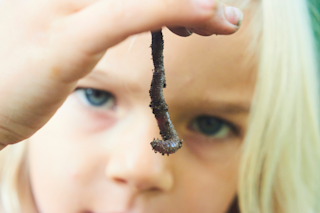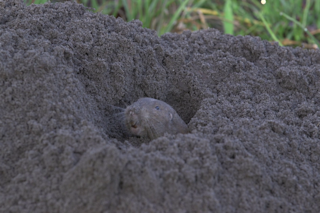In April 2008, a jagged projectile of maple wood hurtled into the stands at Dodger Stadium in Los Angeles and struck Susan Rhodes in the face. She left the ballpark with a concussion and a broken jaw. By June, Major League Baseball (MLB) had commissioned a $500,000 investigation into the alarming number of bats that had shattered that season, including more than 750 in just three months.
Fans attending the 2011 World Series should be relatively safe from impalement, owing to some sharp scientific sleuthing that has reduced the number of pulverized bats in the league by 50 percent and shed light on one of baseball’s strangest mysteries.
In their 50-page report to MLB, the researchers, led by U.S. Forest Service engineer Dave Kretschmann, pinned blame squarely on two culprits: the type of wood (maple) and the cut of the grain. The conspicuous spike in shattered sticks, they discovered, coincided ...














